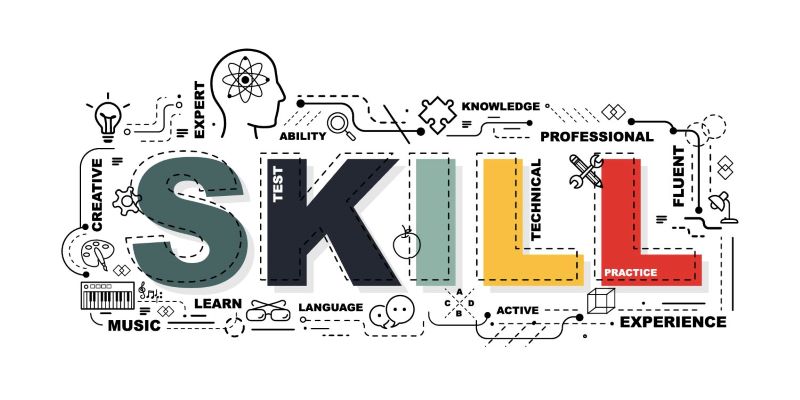
Measurable Skill Gains (MSG) Rate 34 CFR §361.155(a)(1)(v)
The percentage of program participants who, during a program year, are in an education or training program that leads to a recognized postsecondary credential or employment and who are achieving measurable skill gains, defined as documented academic, technical, occupational, or other forms of progress, towards such a credential or employment.
Depending on the type of education or training program, documented progress is defined as one of the following:
- Documented achievement of at least one educational functioning level of a participant who is receiving instruction below the postsecondary education level (i.e., Adult Education);
- Documented attainment of a secondary school diploma or its recognized equivalent (i.e., High School Diploma, GED, HiSET);
- Secondary or postsecondary transcript or report card for a sufficient number of credit hours that shows a participant is meeting the State unit’s academic standards (i.e., 12 credits, states academic standards);
- Satisfactory or better progress report towards established milestones, such as completion of OJT or completion of one year of an apprenticeship program or similar milestones from an employer or training provider who is providing training (i.e., agency approved progress forms, apprenticeship/employer training reports); or
- Successful passage of an exam that is required for a particular occupation or progress in attaining technical or occupational skills as evidenced by trade-related benchmarks such as knowledge-based exams (i.e., passing scores, exam results).
THINGS TO KNOW
- Training programs that lead to employment, supports the intent of WIOA and the VR regulations to provide individuals with disabilities opportunities to participate in job-driven training and to pursue high quality employment outcomes.
- Measurable Skill Gains can close the opportunity gap by embracing a more holistic and nuanced approach for connecting diverse talent (e.g., individuals with disabilities) to economic opportunity.
- Aligning policies and procedures among core programs in a State will strengthen the intent and accuracy of MSG reporting. Remember, States with a General VR agency and a Blind VR agency, together represent title IV.
- All VR program participants who are in an education or training program that leads to a recognized secondary or postsecondary credential or employment, which is identified on the individual’s IPE, would be included in the MSG indicator.
- MSGs are documented when they are achieved by the participant, not the date the VR Counselor received the supporting documentation.
- The MSG Rate includes participants who were enrolled in an education or training program leading toward a credential or employment during the program year. This is not an exit-based measure.